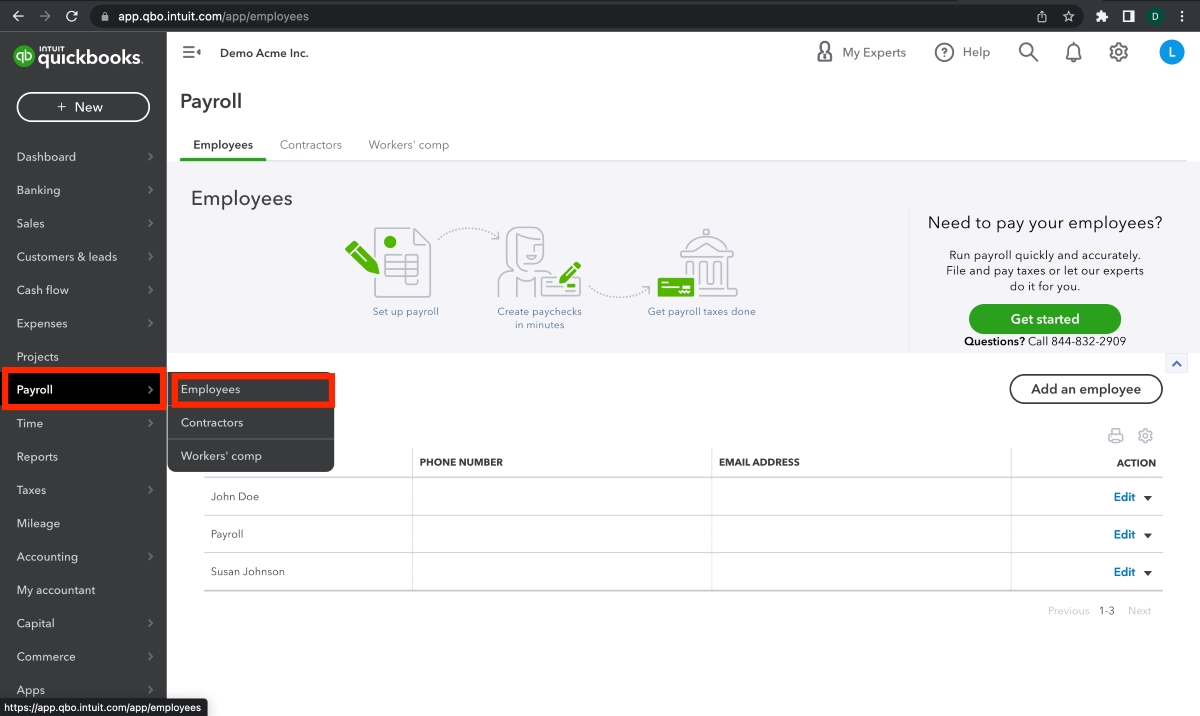Home>Finance>Composite Index Of Lagging Indicators Definition


Finance
Composite Index Of Lagging Indicators Definition
Published: October 31, 2023
Discover the meaning of Composite Index of Lagging Indicators in finance. Understand its importance and how it impacts the financial market.
(Many of the links in this article redirect to a specific reviewed product. Your purchase of these products through affiliate links helps to generate commission for LiveWell, at no extra cost. Learn more)
The Composite Index of Lagging Indicators: A Key Measure in Finance
Finance is a diverse field with various indicators and measures used to assess economic conditions. Among these is the Composite Index of Lagging Indicators, a vital measure for evaluating the overall health of the market. In this blog post, we will explore the definition and importance of the Composite Index of Lagging Indicators.
Key Takeaways:
- The Composite Index of Lagging Indicators is a tool used in finance to assess the current state and direction of the economy.
- It consists of various lagging indicators that provide insights into past economic trends and can help predict future market movements.
What is the Composite Index of Lagging Indicators?
The Composite Index of Lagging Indicators is a key component of financial analysis, providing valuable insights into the overall economic situation. This index comprises a collection of lagging indicators that reflect past economic data and trends. Unlike leading indicators that anticipate future market movements, lagging indicators are retrospective in nature and provide a snapshot of economic conditions through historical data.
The Composite Index of Lagging Indicators is typically used in conjunction with other indicators, such as leading and coincident indicators, to form a comprehensive evaluation of the market. While leading indicators can help forecast future economic trends, the Composite Index of Lagging Indicators focuses on confirming and validating those predictions based on historical data.
The specific lagging indicators included in the Composite Index can vary, but often encompass factors such as employment rates, industrial productivity, inflation rates, and interest rates. By analyzing these indicators as a whole, economists and investors can gain a well-rounded understanding of the economy’s recent performance and anticipate potential shifts in the market.
Importance of the Composite Index of Lagging Indicators
The Composite Index of Lagging Indicators plays a crucial role in financial analysis and decision-making. Here are two key reasons why:
- Confirmation of Economic Trends: By analyzing past data, the Composite Index of Lagging Indicators helps confirm or validate the predictions made by leading indicators. This confirmation provides a more robust understanding of the market’s current and future direction, enabling investors and policymakers to make informed decisions.
- Predictive Insights: Contrary to their retrospective nature, lagging indicators can still offer valuable insights into potential market shifts. By identifying trends and patterns in historical data, investors can anticipate and strategize for future economic conditions. The Composite Index of Lagging Indicators acts as a reliable benchmark for assessing the probability of such shifts.
In summary, the Composite Index of Lagging Indicators is a vital tool in finance, providing a comprehensive view of the market’s historical performance and confirming predictions made by leading indicators. By analyzing this index, economists, investors, and policymakers gain valuable insights into economic conditions and can make more informed decisions. Understanding the significance of the Composite Index of Lagging Indicators is crucial for anyone seeking to navigate the complex world of finance.














